Yes. Insurance for a single day is available.
Countries That Drive on the Left: Find Out Which Countries Drive on the Left Side of the Road
PUBLISHED ON Apr, 11 2024
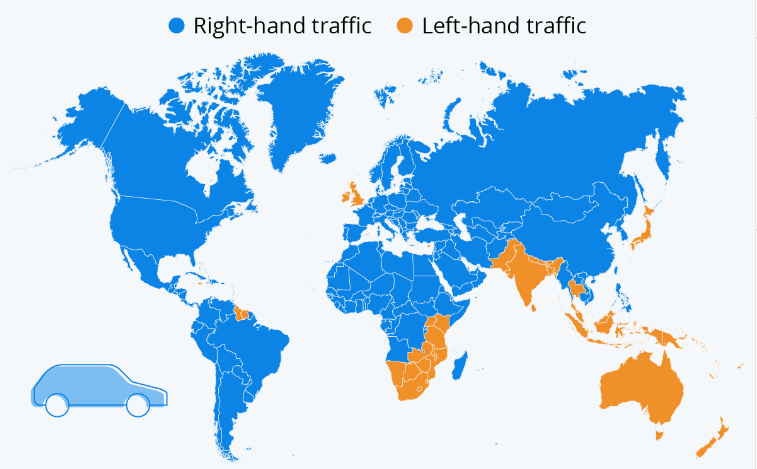
Steering Through History
Tracing the Origins of Left-Hand Traffic
When delving into the historical tapestry of transportation, it’s quite fascinating to trace the origins of left-hand traffic back to the days of yore. When knights on horseback roamed the land, riding on the left gave them the upper hand—quite literally—to wield their swords with their dominant right hand against oncoming enemies.

Medieval horse riders
From Horseback to Horsepower: Evolution of Driving Sides
The transition from horseback traversing to the era of horsepower under the hood represents a pivotal shift in our travel traditions. In the UK, the preference for the left traces back to jousting days when it was strategic to keep the sword-arm free. Meanwhile, in America, horse-drawn wagons with drivers perched on the left prescribed a practical reason to favor the right for better road visibility.
As automobiles took the wheel, these historical practices steered nations into their respective driving sides—many former British colonies adopted left-hand driving, while others favored the right, creating a global patchwork of driving norms.
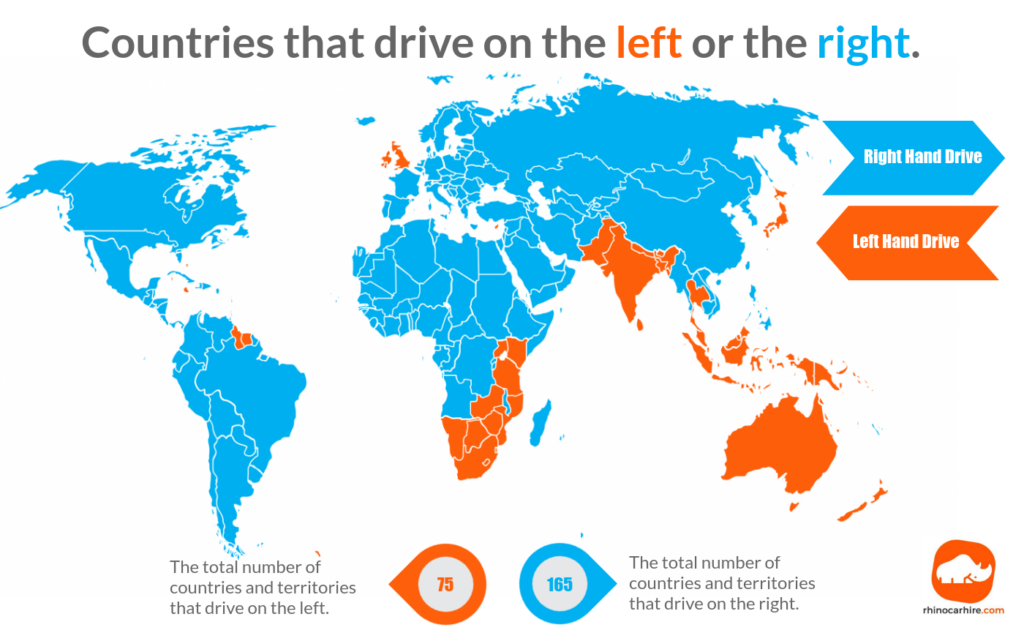
Representation of left-hand and right-hand driving countries
Map of the Left Lane
Pinpointing Countries with Left-Hand Driving
Navigating the world map, one will find that the legacy of left-hand driving is scattered across various continents. Nations such as the UK, Japan, India, and Australia, alongside countries in regions like the Caribbean, South Pacific, Africa, and parts of Asia, have held steadfast to left-lane driving, reflecting a long-standing tradition and the influence of historical ties to the British Empire.
Here’s a handy list of countries where you’ll need to keep to the left:
Europe
- Channel Islands (such as Guernsey and Jersey—no cars are allowed in some parts of the archipelago)
- Cyprus
- Ireland
- Isle of Man
- Malta
- United Kingdom (England, Scotland, Wales, and Northern Ireland)
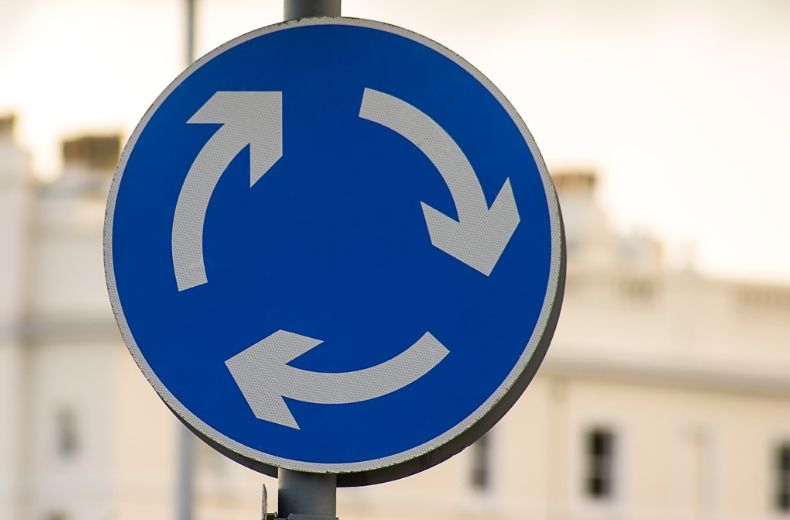
Roundabout signs used in UK
Oceania
- Australia
- Christmas Island
- Cocos (Keeling) Islands
- Cook Islands
- Fiji
- Kiribati
- Nauru
- New Zealand
- Niue
- Norfolk Island
- Papua New Guinea
- Pitcairn Islands
- Samoa
- Solomon Islands
- Tokelau
- Tonga
- Tuvalu

Drive on the Left in Australia
Africa
- Botswana
- Eswatini
- Kenya
- Lesotho
- Malawi
- Mauritius
- Mozambique
- Namibia
- St. Helena
- Seychelles
- South Africa
- Tanzania
- Uganda
- Zambia
- Zimbabwe
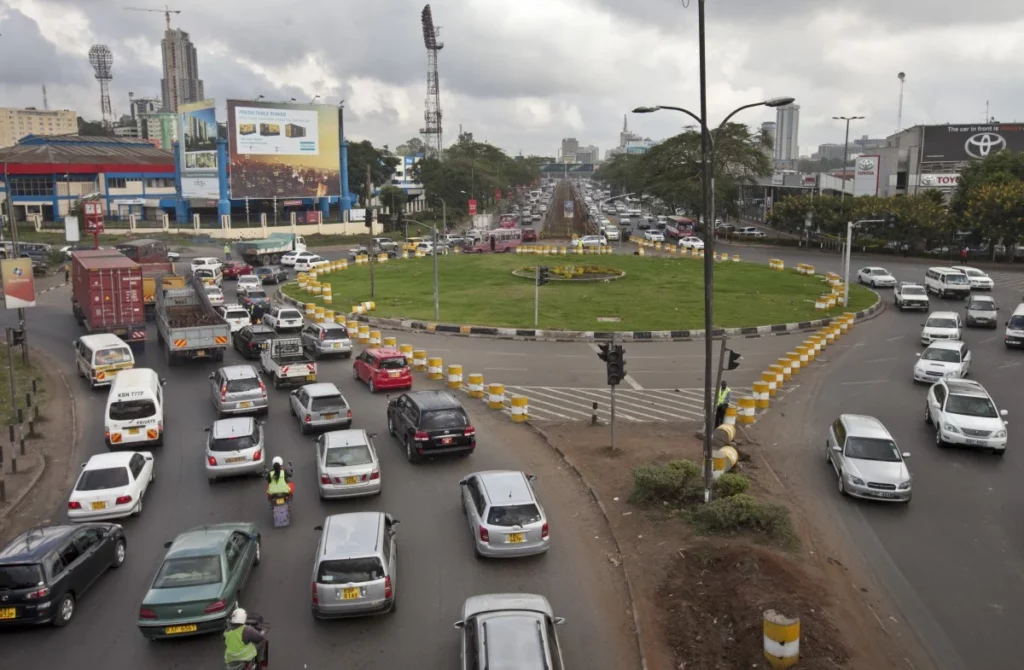
Traffic in Nairobi
Asia
- Bangladesh
- Bhutan
- Brunei
- East Timor
- Hong Kong
- India
- Indonesia
- Japan
- Macau
- Malaysia
- Maldives
- Nepal
- Pakistan
- Singapore
- Sri Lanka
- Thailand
Caribbean/Atlantic
- Anguilla
- Antigua and Barbuda
- Bahamas
- Barbados
- Bermuda
- British Virgin Islands
- Cayman Islands
- Dominica
- Grenada
- Jamaica
- Montserrat
- St. Kitts and Nevis
- St. Lucia
- St. Vincent and the Grenadines
- Trinidad and Tobago
- Turks and Caicos
- U.S. Virgin Islands
South America
- Falkland Islands
- Guyana
- Suriname
Continental Curiosities: Regions Split by the Drive Side
Within continents, the drive side used can indeed be a curiosity, as neighboring countries sometimes observe opposite rules. For example, in Africa, you’ll shift gears from left to right when crossing from Mozambique into South Africa, and in Asia, a journey from Thailand to Myanmar requires a similar adjustment.
These continental curiosities are legacies of colonial times and internal decision-making. Here’s a glance at some regions with this unique split:
- The border between Thailand (drives on the left) and Laos (drives on the right).
- In Europe, drivers switch from the right in France to the left in the UK after crossing via the Channel Tunnel.
- The island of Timor is divided between Indonesia (left) and East Timor (right).
- Haiti (right) and the Dominican Republic (left) share the island of Hispaniola with opposing driving rules.
The Psychology of Positioning
Safety and Sociology Behind the Left-Hand Rule
There’s a subtle yet significant layer of safety and sociology influencing the left-hand traffic rule. Research suggests that driving on the left could be marginally safer, potentially due to the fact that the majority of people are right-handed and possibly right-eye dominant, resulting in a slight advantage when driving on the left side of the road.
Data from the last 10 years shows a lower annual fatality rate in countries with left-hand traffic (16.10 deaths per 100,000 inhabitants) compared to right-hand traffic countries (17.58 deaths), offering a numerical nod to this theory. This statistic underlines the hypothesis that steering with the dominant hand, in most cases the right, could allow for better vehicle control, particularly while performing tasks like gear shifting with the other hand.
# Fatality Rates Comparison Between Left-Hand and Right-Hand Traffic Countries
|
Traffic Orientation |
Fatality Rate per 100,000 Vehicles |
|
Left-Hand Traffic |
|
|
Right-Hand Traffic |
Higher accident rates, around 30% compared to left-hand traffic countries |
How Driving on the Left Affects Driver Behavior
Driving on the left side of the road isn’t just about traffic norms; it also interlaces with driver behavior. When drivers are on the left, they typically engage the gear lever with their left hand, which for most right-hand-dominant individuals could initially feel unnatural, potentially increasing cognitive load and enhancing focus.
Additionally, one’s spatial awareness adapts in a left-hand traffic environment. Drivers learn to recalibrate their sense of space and distance related to oncoming traffic and the road’s edge, which provides new learning opportunities and engages different cognitive skills. This often encourages drivers to be more meticulous and attentive, particularly those accustomed to right-hand driving visiting or relocating to left-driving countries.
According to ScienseDirect – “As driving psychologists, we’ve observed that the shift to left-side driving can induce cognitive challenges for individuals accustomed to right-side driving. It requires a significant adjustment in spatial awareness, attention allocation, and decision-making processes, potentially leading to increased cognitive load and fatigue.”
Navigating the Flip Side
Travel Tips for the Right-Hand Driver in a Left-Hand World
If you’re a right-hand driver gearing up to drive on the left, fret not! Here are some quick tips to ease the transition:
- Choose an Automatic: Avoid the hassle of gear-shifting with the opposite hand by opting for an automatic car.
- Roundabout Readiness: Remember that on roundabouts, give way to the right and move in a clockwise direction.
- Practice Makes Perfect: Take a spin in a less trafficked area to get accustomed to the new orientation.
- Mirror Mantra: Repeatedly remind yourself to check your mirror alignment and blind spots which will be reversed.
- Stationary Rehearsal: Before turning the ignition, sit in the stationary car and mentally run through driving actions.
These pointers will help reinforce the adjustments needed to navigate a left-hand driving system confidently.
The Importance of Car Hire Insurance When a Right-Hand Driver is Renting a Vehicle in a Left-Hand World
Car Hire Excess Insurance is a vital consideration for anyone planning to rent a car in the UK or Australia. This insurance type covers the excess charges that car rental companies may impose in case of damage, loss, or theft of the vehicle. Given that these excess fees can sometimes reach up to £1,000 or more, understanding how Car Hire Excess Insurance works can save you from unexpected financial burdens.
See How Much You Can Save on Your Rental Car Hire Excess Insurance
Get StartedCultural Quirks: Adapting to Local Left-Side Etiquette
Each country boasts its unique road etiquette, and when you’re switching lanes to the left-hand side, it’s the cultural nuances that can make your driving experience smooth or hair-raising. For instance, in Japan, it’s customary to acknowledge a driver behind you letting you merge by flashing your hazard lights briefly as a ‘thank you.’
Here are a few cultural quirks to keep in mind:
- In the UK, flashing your headlights generally means you’re giving way, not urging the other driver to go first.
- In countries like India, incessant horn honking isn’t aggressive; it’s more of a communicative tool in heavy traffic.
- Also, in some left-lane countries, it’s typical for slower traffic to keep to the outside lanes, which might seem counterintuitive to right-lane drivers.
Taking the time to learn these subtleties can enrich your driving experience and help you blend seamlessly with local traffic customs.
Shifts in the Global Gears
Trends Toward Standardization: Case Studies of Transition
Globally, there have been instances where countries transitioned their drive side to standardize with neighbors or to adapt to changing economic landscapes. Such undertakings are monumental; Sweden’s “Dagen H” switch in 1967 from driving on the left to the right is a notable case. More recently, in 2009, Samoa made the controversial switch to left-hand driving, aiming to align with other South Pacific islands and facilitate imports from Australia and New Zealand.
These case studies illustrate the immense planning and resources required, including public information campaigns, retrofitting vehicles, and reconfiguring infrastructure—even altering traffic light sequencing and relocating street signs. They highlight a country’s adaptability and resilience in the face of logistical challenges.
According to Brendan McAleer, a prolific automotive journalist, photographer, and contributing editor for various publications – “Sweden’s decision to change to driving on the right was motivated by several factors, including aligning with neighboring countries and improving road safety through standardization”. He continues “The transition to left-hand driving in Samoa faced similar challenges as Sweden’s switch. It required extensive public education, infrastructure adjustments, and a period of adaptation for road users”,
Future Roadmaps: Predicting Potential Shifts in Traffic Norms
Peering into the crystal ball of global traffic trends, it’s clear that complete standardization of drive side might be an elusive destination. The cost, complexity, and cultural identity tied into left-hand traffic makes it an ingrained norm for many countries. However, with international travel and trade growing, there may be incentives for some regions to align their road rules for consistency and convenience.
For nations contemplating a switch, advancements in autonomous vehicle technology could be a game changer, potentially easing the transition. Though for now, the drive side landscape remains as diverse as the countries that paint it, reflecting the textured fabric of global culture and history.
Left-Side Legacy
Why Certain Countries Remain Devoted to Driving on the Left
Certain countries remain devoted to driving on the left for a myriad of reasons, including historical context, cultural significance, and practicality. For many of these nations, left-hand driving is a legacy of British colonial rule, and it’s become a hallmark of their national identity, much like local dialects or culinary traditions.
Moreover, the cost of switching to right-hand driving can be prohibitively expensive, involving extensive updates to infrastructure, vehicle fleet modifications, and public education campaigns. There’s also a ‘if it isn’t broken, don’t fix it’ mindset—many countries with left-hand traffic boast impressive road safety records, reinforcing the idea that what they’re doing works for them.
According to Allen Castelow, from Historic UK: “The tradition of driving on the left side of the road in Britain can be traced back to medieval times, rooted in the practical considerations of defense. As noted by historian Sir Winston Churchill, ‘The left-hand side of the road was chosen for safety reasons, allowing travelers to keep their right hand—the sword hand—free to defend against unexpected threats.’ This tradition persisted through the ages, eventually becoming ingrained in British culture and transportation practices.”
Modern Motoring: Left-Hand Traffic in Today’s Transport Landscape
In the modern era of transport, left-hand driving continues to thrive, accommodating millions of daily commutes, cargo deliveries, and scenic road trips. Countries like the UK and Japan showcase an efficient left-side traffic system paired with cutting-edge technology such as smart motorways and automated traffic management.
The harmonization with right-hand vehicles, particularly in markets dominated by imports from right-driving countries, is also notable. Adaptors are used, and rules are in place to ensure the seamless integration of these vehicles into left-driving traffic without compromising safety or convenience.
FAQ
What makes driving on the left safer than driving on the right?
Driving on the left is considered marginally safer due to right-handedness and right-eye dominance being more common, which may favor better coordination and field of vision on this side of the road. Also, statistics show a slightly lower rate of road fatalities in left-driving nations.
How do I adapt quickly when driving in a country that drives on the left?
To adapt quickly, start with an automatic car, use GPS for route guidance, practice in less busy areas first, and stay alert, especially at junctions. Keeping a ‘stay left’ reminder visible can also help reinforce the habit.
Can I drive a left-hand drive vehicle in a country where people drive on the left?
Yes, you can legally drive a left-hand-drive vehicle in a country where people drive on the left, but be mindful of visibility challenges and local regulations, such as the need to have a GB sticker or headlamp converters.
Are there any international efforts to standardize which side of the road we drive on?
No significant international efforts are underway to standardize which side of the road we drive on, as it is deeply embedded in each country’s infrastructure and culture.
Travel Tips and Guides
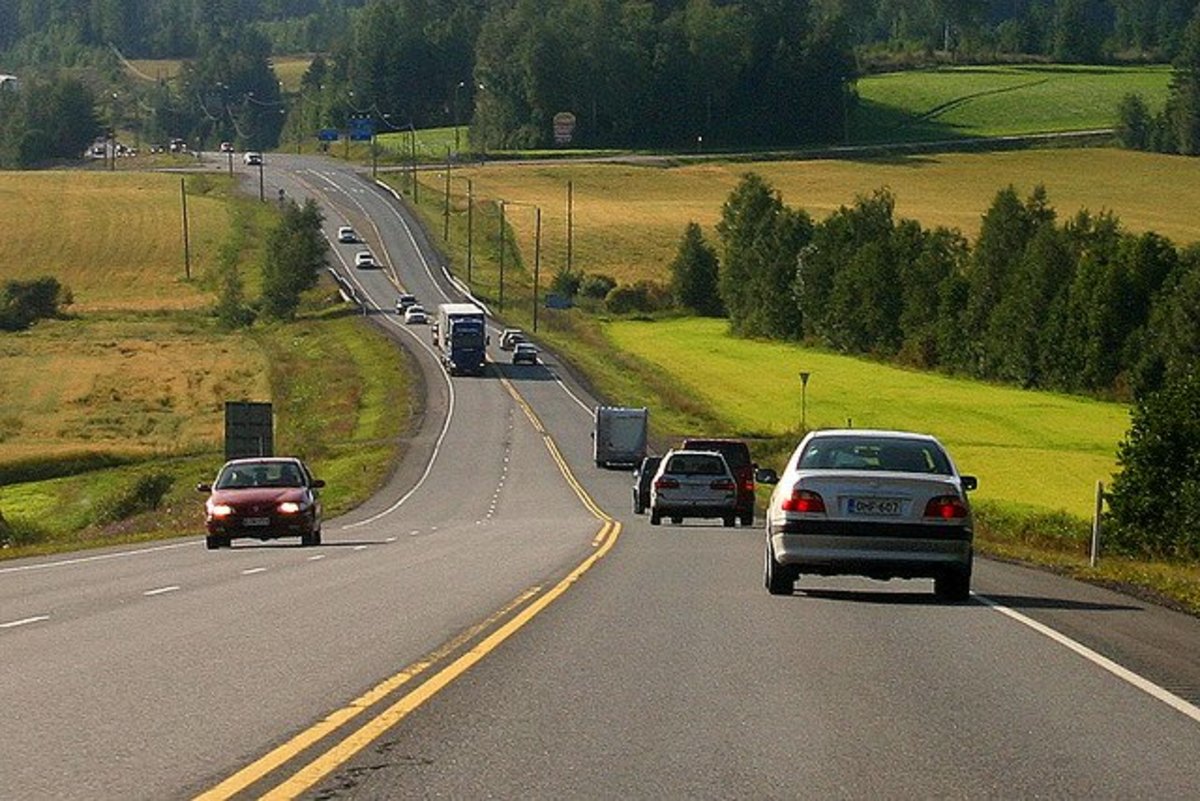
Worldwide Drive: Explore Right-Hand Traffic Countries and How to Adjust to Driving on the Right
Gil Farkash

Driving in Mexico: Rules, Tips & Requirements
Gil Farkash
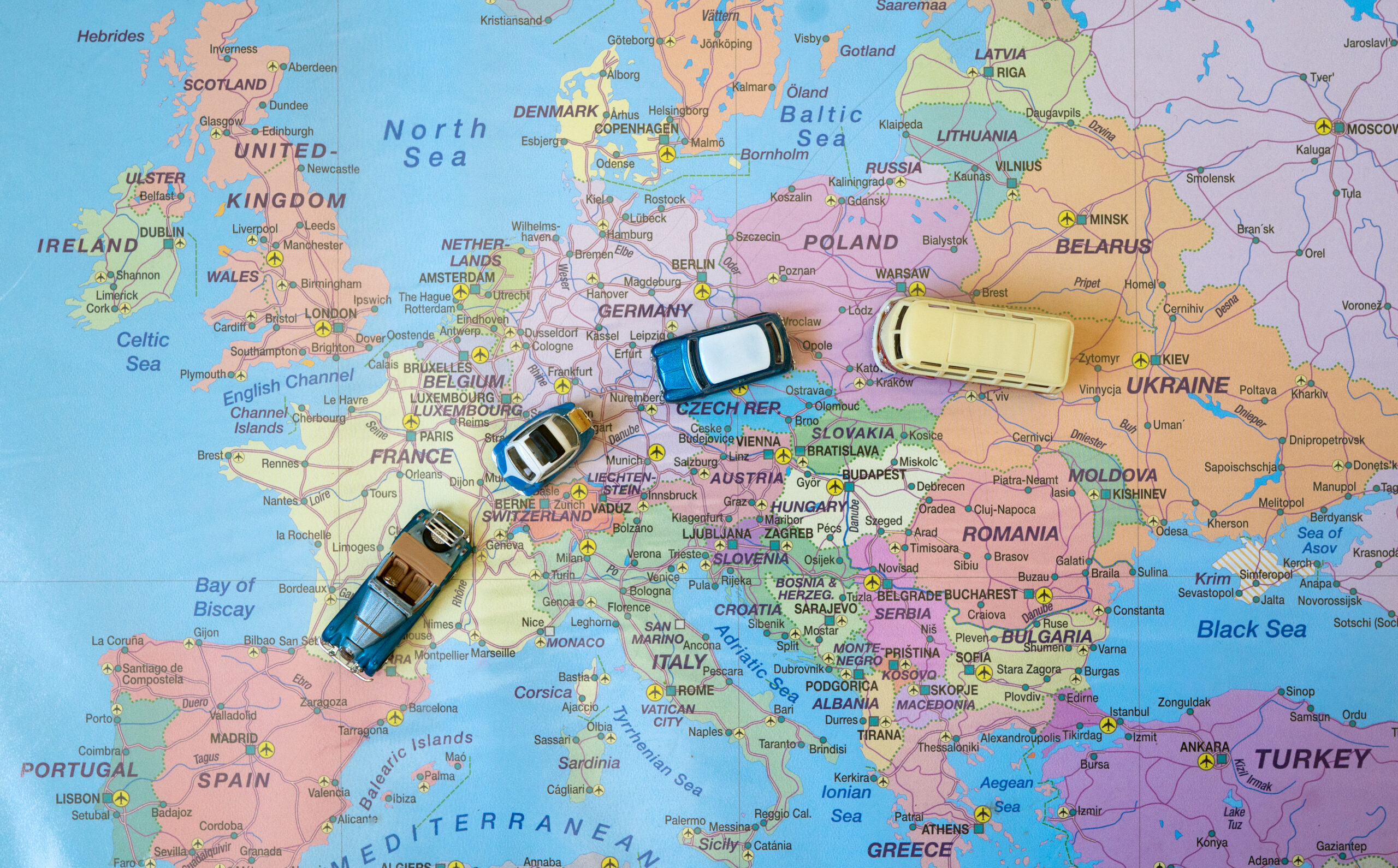
Driving in Europe Simplified: A Traveler's Guide to Euro Road Rules
Gil Farkash
Frequently Asked Questions (FAQ)
No. We provide a single journey plan. You are covered from the time you pick up the rental car up to the time you return it or on the last date written on your Certificate of Insurance, whichever comes first.
No. You should purchase a policy before starting your travel.
Find the answers you’re looking for to the most frequently asked car hire insurance questions as well as other questions relating to our products and services.
